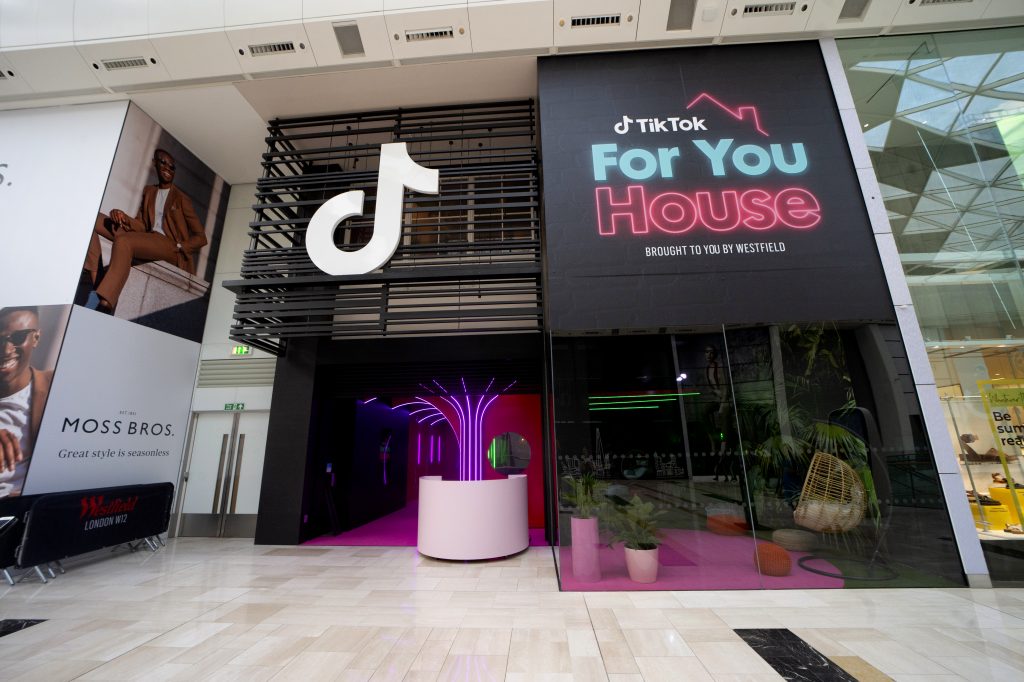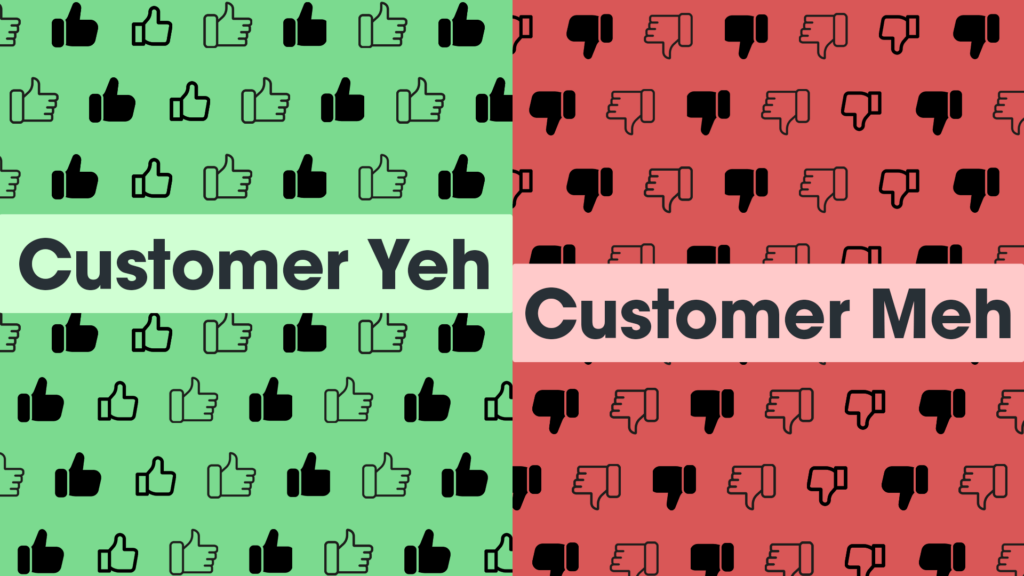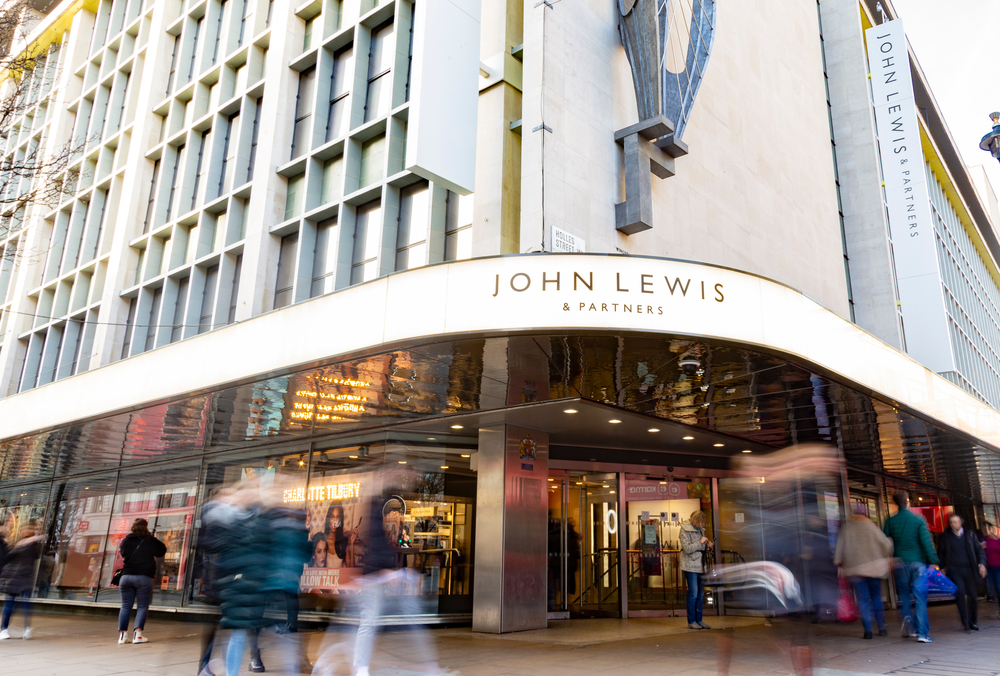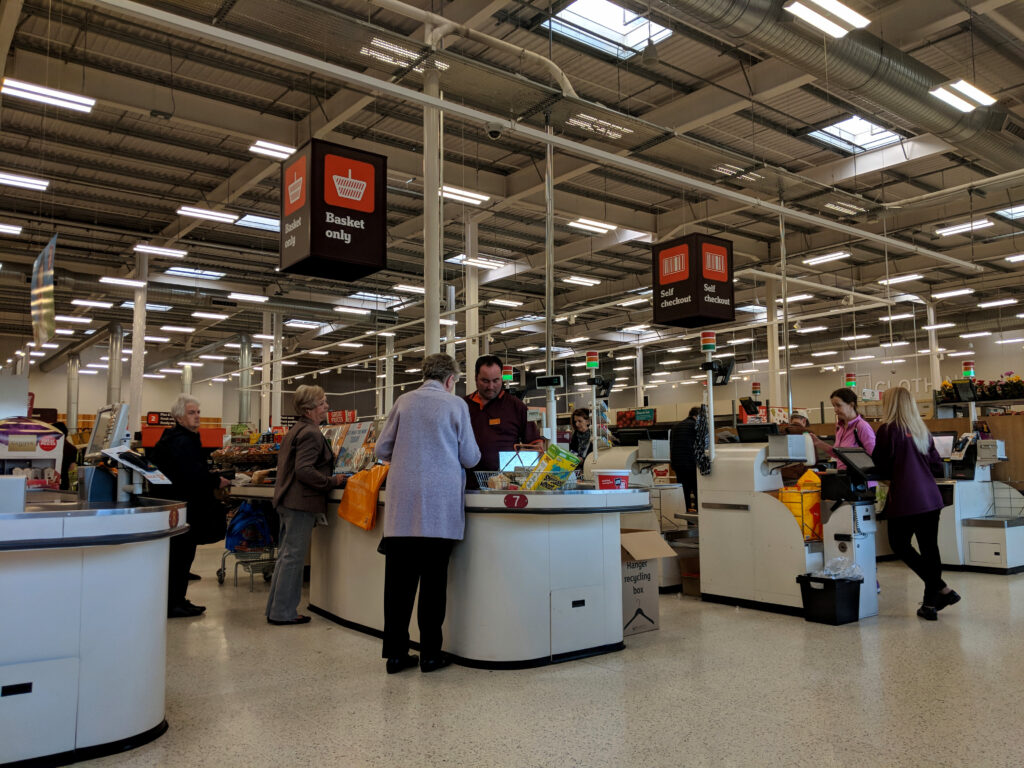Last month, TikTok announced it would be teaming up with Westifeld London to launch its For You pop up store in the UK this summer.
The 4000sq ft pop-up would be a first for the social media platform as it hopes to immerse shoppers in a full 360 experience.
However, Tiktok isn’t the first social media platform to branch out to physical retail in recent years. Both Snapchat and Instagram have sought to capitalise on customers in real life through various pop-up ventures.
Back in 2019, Selfridges partnered with Instagram to launch an exclusive pop-up that saw a curated edit of brands built on the social media platform available to shop in store. Meanwhile Snapchat teamed up with Lego for its unique AR pop up which remained empty, except for a Snapcode.
With footfall predicted to surge due in the wake of Freedom Day, and Brits head back to shopping centres and high streets, how can these social media platforms benefit from physical retail?
Dan Adams, managing director at Conquest Consultancy, said social media companies are no different to a retailer regarding its need to gain the trust of the public.
“Through aligning their brand with physical retailers, they are effectively bringing their own brand to life and instead of their user only interacting with them through a screen they can be seen in the ‘real world’,” he told Retail Gazette.
“It’s a well-known fact that people buy from people, in particularly, people they like.
“For bricks-and-mortar retailers the use of social media gives a voice to their brand, yet for social media companies having a physical space gives a face to their brand.”
Ed Hill, SVP EMEA at tech firm Bazaarvoice, agreed. He said that aside from the consumer experience, physical retail locations create opportunities for social platforms to forge lucrative partnerships with brands and retailers as in-store shopping sees a post-lockdown resurgence.
“Consumers want more dynamic physical retail experiences”
“Partnerships can be a vital lifeline for brands looking to remain relevant amongst younger audiences,” Hill said.
Olly Johnson, head of commerce at Jungle Creations, added that “physical retail allows you to engross users in an immersive experience, in doing so increasing their affinity with the brand or social platform, giving them a clear path to your content, and ultimately increasing their frequency and engagement with your brand.”
Currently, TikTok is the seventh most active social media app in the world, with over 3.7 million active users in the UK despite only launching in 2017.
As social media platforms continue to be increasingly influential with millions of consumers, helping to drive where and what they buy, does having a physical space pose a bigger threat to other retailers?
Moshe Winegarten, SVP at the payments platform Checkout, said that rather than being viewed as a threat, retailers should regard social media platforms as a valuable opportunity.
“By moving into the ‘real world’, social media companies can build brand engagement in a physical setting, whilst directing more consumers back to their online platforms,” she explained.
“This presents a win-win situation for merchants.
“Social media platforms joining the retail scene is an important reminder that having a good offering both offline and online is crucial.
“Instead of being in competition with experiential stores from social media platforms, retailers must follow their lead and look to innovate.”
She added that exploring new channels and utilising the growing monetary opportunities that social media represents was now essential and when done right, more social users lead to more revenue via these channels.

Ana Costa, digital marketing consultant at Capgemini Invent, said retailers needed to keep up with their customers and reimagine the role of physical shops in order to stay relevant.
“Today’s consumers are always connected, they’re developing new shopping patterns and they’re not only looking for products, but they also want to buy experiences,” she explained.
“The purchase journey is highly interactive – we often see in-store shoppers pull up mobile apps, text friends for opinions, and read product review sites before making a decision.
“The typical buyer experience, which now places a strong emphasis on awareness, needs to be reimagined.
“Today’s customer expects not only high-quality and innovative items, but also the ability to buy or test products or services before fully committing to a brand, resulting in a focus on the use, ask, and engagement components of the buying model.”
While these platforms continue to branch out into the physical world, there are elements that heritage retailers can learn from and incorporate into their business models.
Hill said TikTok’s pop-up space was simply an illustration of the types of brand interactions younger generations are interested in.
“It’s a merging of the online and offline world”
“What’s more, it is a clear demonstration of how to offer a consistent customer experience and make that experience a seamless journey across multiple channels and touchpoints,” he told Retail Gazette.
Hill said that over the past year, ecommerce has become a cornerstone feature for social platforms as consumers have spent more time on social apps.
The physical retailers that have realised this opportunity have succeeded, as consumers are now more likely to see and be influenced by brand advertising, user-generated content and influencer posts.
“Product and brand discovery on social media is growing, and while this provides heritage retailers with new opportunities to reach consumers, it also makes it all the more challenging for brands to build and maintain customer loyalty amidst the competition,” he added.
“To stand out on these platforms, brands and retailers must distribute content to all the places shoppers find their products, from in-store, to search, to social.
“Social commerce isn’t simply about making posts shoppable, retailers need to take customers from just ‘buying’ online to truly ‘shopping’ online with an engaging and inspirational experience.”
Hill explained that TikTok has excelled at blending the entertainment aspect of social media with ecommerce, which is something all brands and retailers should implement. For example, retailers can focus more on experimental offers, such as videos, images and live-streaming to tempt consumers in-store to interact with customers.
“The key to success for these pop-ups will be continued innovation.”
“They must remain relevant and go beyond being just a novelty experience,” Hill said.
Yuval Ben-Itzhak, chief of strategy at Emplifi, said social media platforms could easily reach a mass audience while retailers who rely on just brick and mortar need numerous stores to equal the amount of reach.
He stated that retailers must be able to adapt and capitalise to see success by benefitting from the reach of social channels and converting it in-store business.
“We’re seeing live shopping/commerce act as a bridge between the two worlds,” he explained.
“Other elements include working as a partner with social media platforms, sponsoring events, space and so forth – there are definitely synergies to be had.”
Dave Bruno, director of retail industry insights at Aptos, agreed. He stated that “as footfall returns to stores, we will see retailers more tightly couple their physical and digital experiences”.
He also said that one way retailers can ramp up their “phygital” offerings is by giving their social media communities a chance to engage in person during exclusive and limited-time events.
“Pop-up shops will play an important role here, allowing retailers to bring to life concepts born on their social platforms and to deliver highly localised and relevant experiences tailored to the social audience in each particular market,” he said.
While there are elements within social media that lend themselves to pop-up retail stores, there are still some elements which can’t be replicated in real life.
Ben-Itzhak explained that via social platforms, businesses can offer a more efficient, personalised experience, while in physical stores it can be hard to give each customer the same individual attention.
“Bricks and mortar are inherently less convenient, requiring commuting time, queuing and waiting around, instead of just social surfing while sitting on the sofa,” he added.
“Replicating this convenience in a physical setting will be a major challenge.”
Winegarten explained that social media channels were not necessarily looking to recreate the online experience in real life, with many seeking to foster trust from their users.
“Exploring physical retail therefore presents social media platforms with an interesting proposition, an opportunity to build trust at a time where faith in social media has arguably waned,” he said.
“At the heart of the shopping experience is payments, with those brands that enjoy a greater level of trust being the ones that people are more likely to spend their money on – and most importantly, with.
“Building trust in a physical setting is the first step for social media channels, and other retailers, if they really want to master the world of commerce.”
By design, social media feeds are curated around what we want to see, so for social platforms it would be impossible to recreate the same breadth of what is available online in a physical store.
However, Winegarten explained that what social media platforms can do as they enter the retail space is enhance their online offerings with physical experiences, that in turn builds consumer trust and lead to greater revenue potential online.
Click here to sign up to Retail Gazette’s free daily email newsletter


















